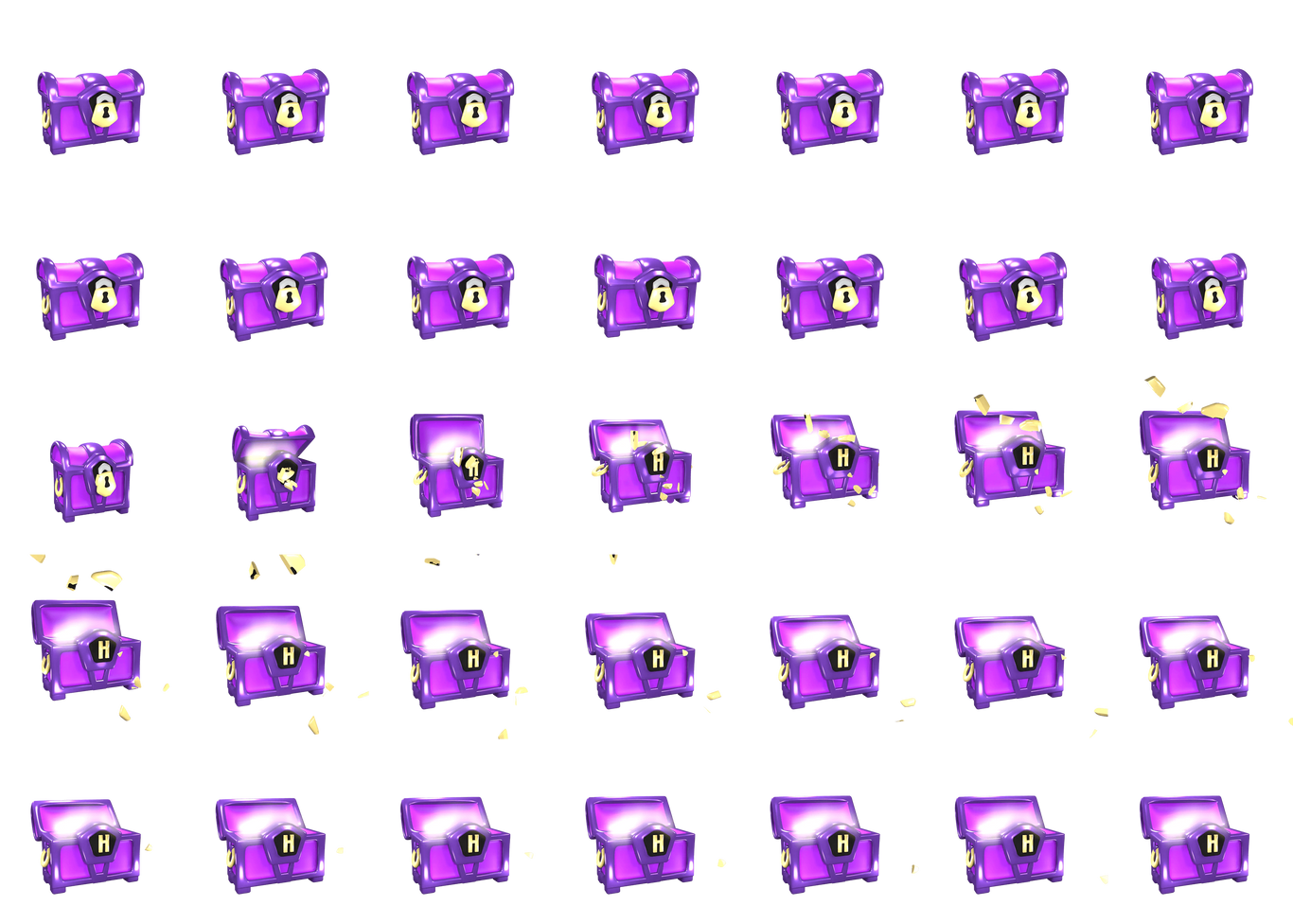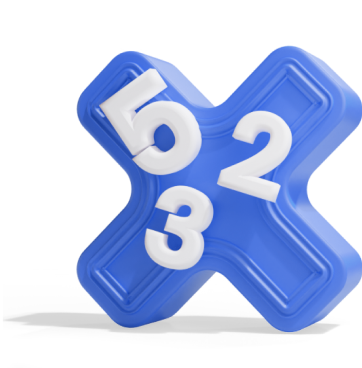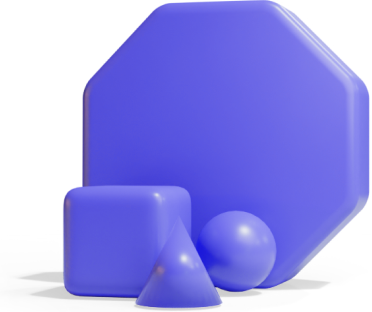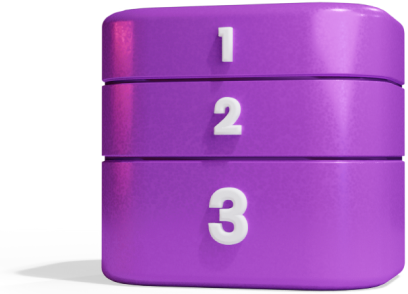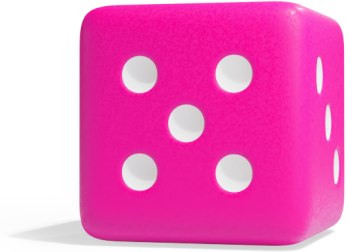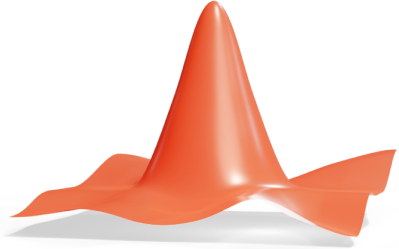How Probability Is Calculated
Video Crash Courses
Want to watch animated videos and solve interactive exercises about how to find probability?
Click here to try Video Crash Courses called “What Is Probability?”!
Imagine you are at the state fair or an amusement park, and that you to play the wheel of fortune. You can win small or large chocolate prizes.

The wheel starts to spin. There’s only one field on the wheel that wins you the biggest chocolate prize. In total, there are 12 different fields on the wheel that can stop under the pointer. What’s the probability that you win the biggest chocolate?
Probabilities are often written as fractions. You must therefore find out what should be in the numerator, and what should be in the denominator. The numerator represents the number of possibilities that will win you the biggest chocolate. In this case, there’s only one place the wheel can stop at to give you the biggest prize, so the numerator should be 1. The denominator represents the total number of outcomes, which in this case is the number of fields that can stop under the pointer. There are 12 different possibilities, so it the denominator must be 12. The probability that you win the biggest chocolate is therefore .
Rule
When we are absolutely sure that something will happen, we say the probability is equal to 1, which is the same as %, or .
When we are absolutely sure that something will not happen, we say the probability is equal to 0, which is the same as %, or , where is any number other than zero.
The probability of something happening is between 0 and 1, as in the case with the prize wheel. The closer to 1 the probability is, the more likely the event is to occur.
Think About This
In the example with the prize wheel, there was only one option that gave you the biggest chocolate. Yet, there were three other fields on the wheel that would have given you smaller chocolates. What is the probability that you get a chocolate as a prize regardless of its size?
The numerator must be the number of outcomes that give you any kind of prize. There are four fields on the wheel where you win something: One field wins you the big chocolate, and three fields win you smaller chocolates. The numerator is therefore 4.
The denominator must state how many possible outcomes there are. There are still twelve different fields that can stop under the pointer. That means 12 should be the denominator. The probability of winning a chocolate prize (small or large) is then .
